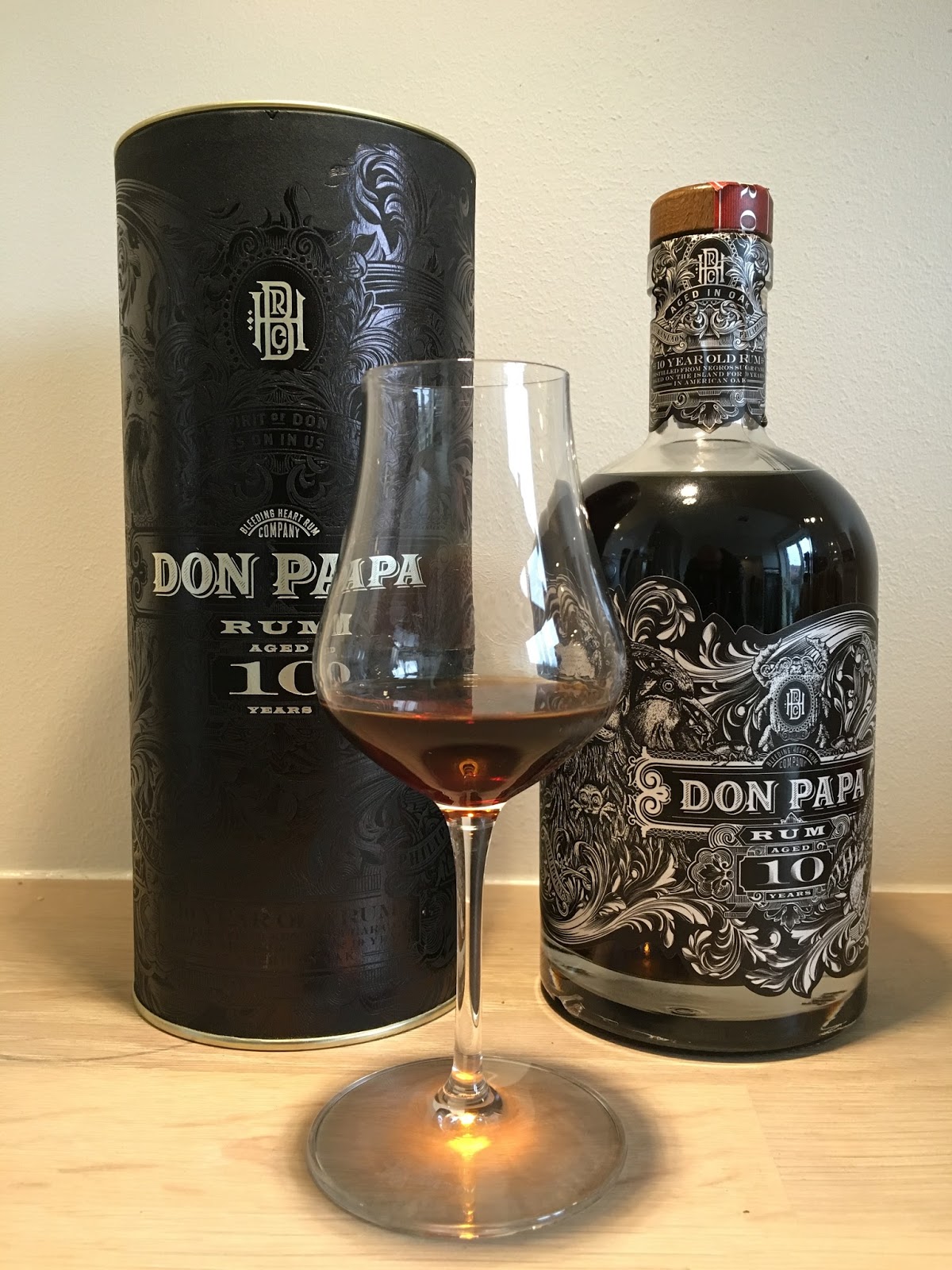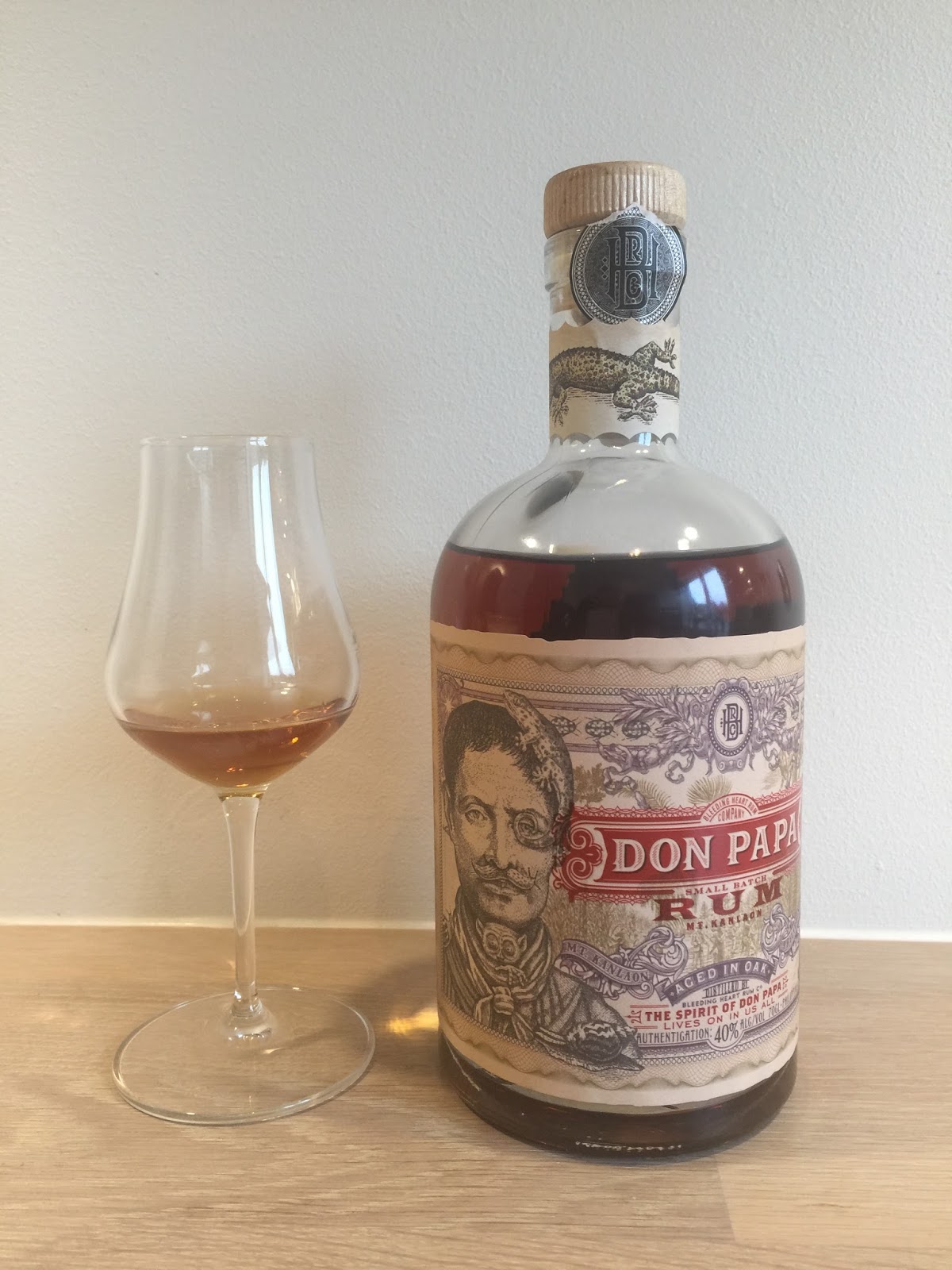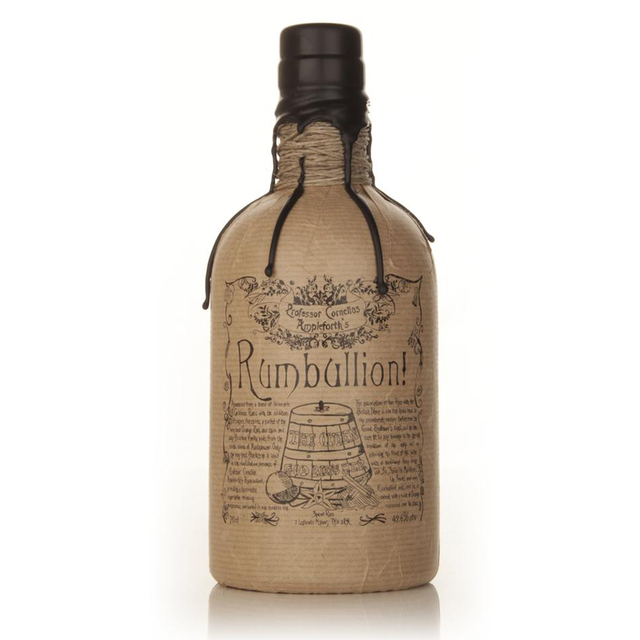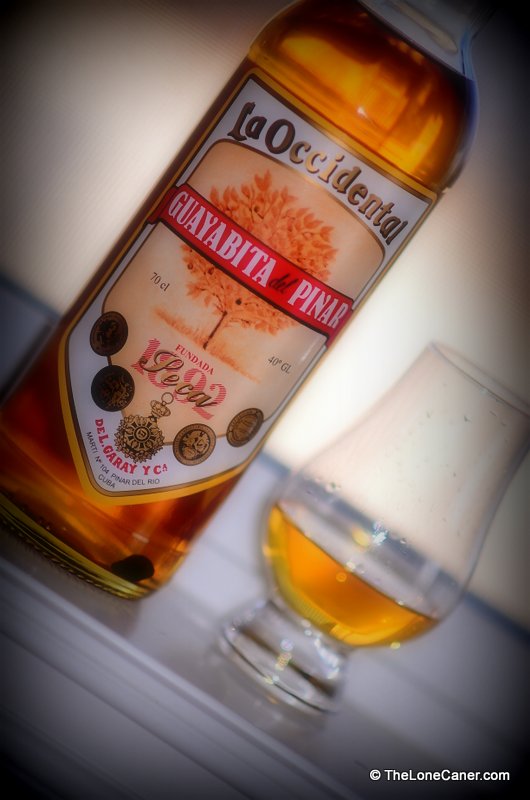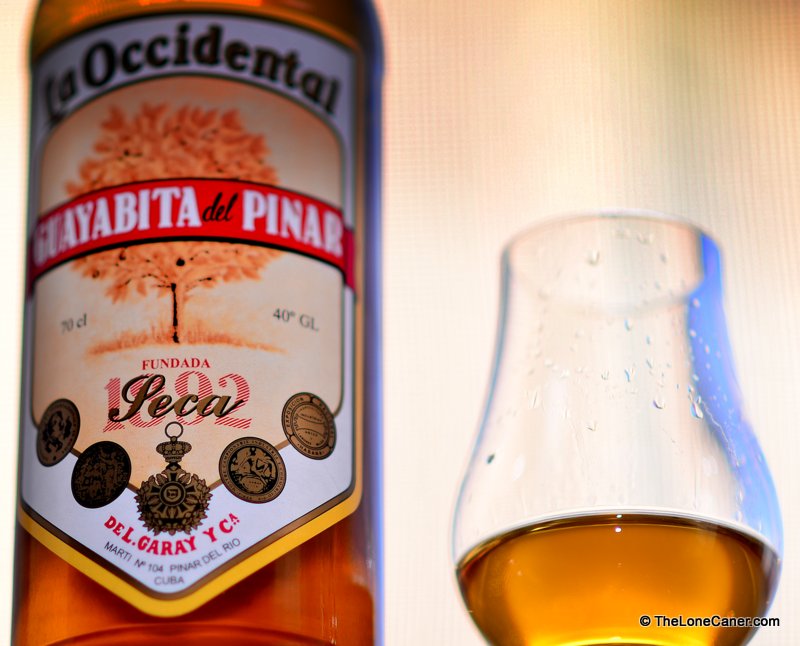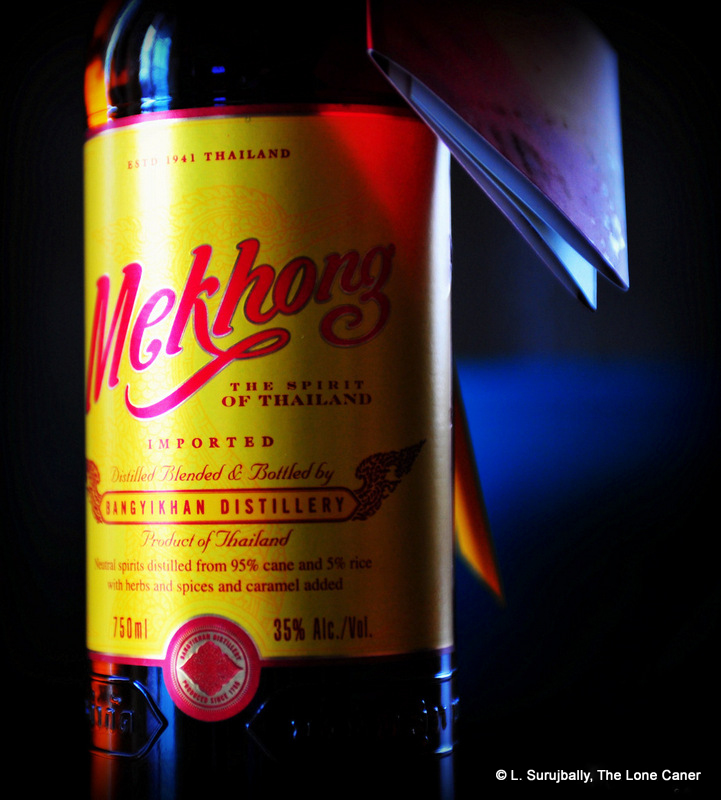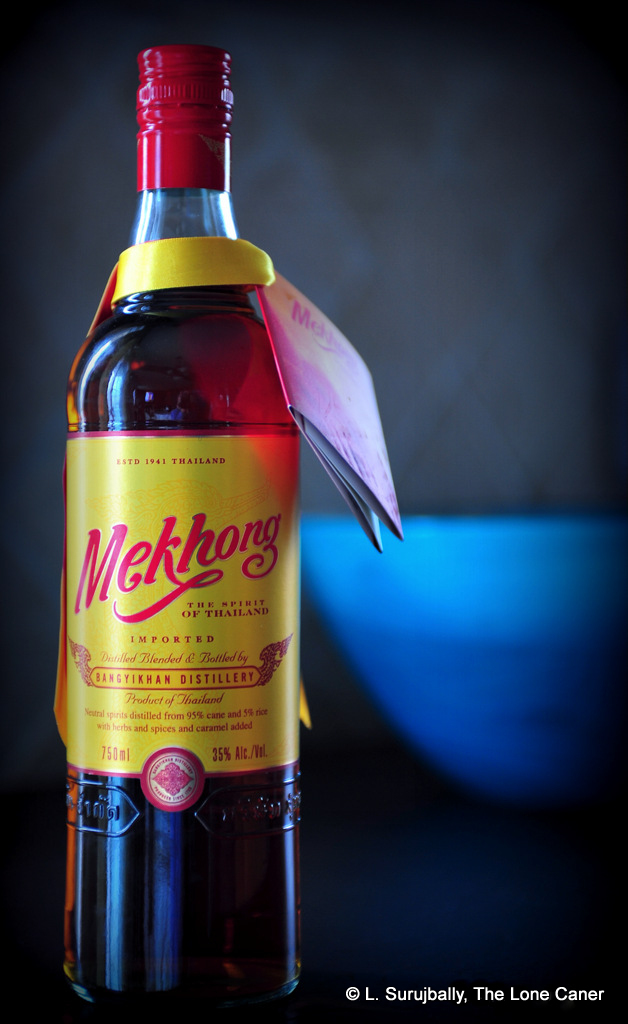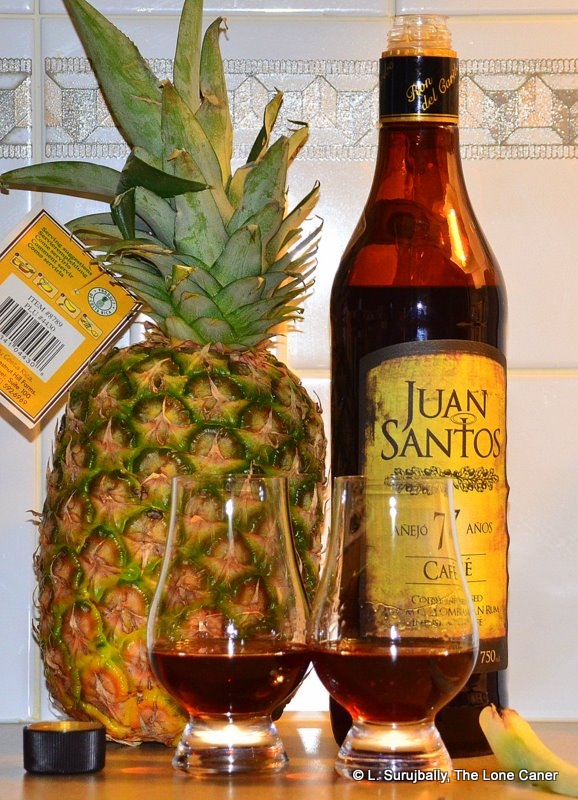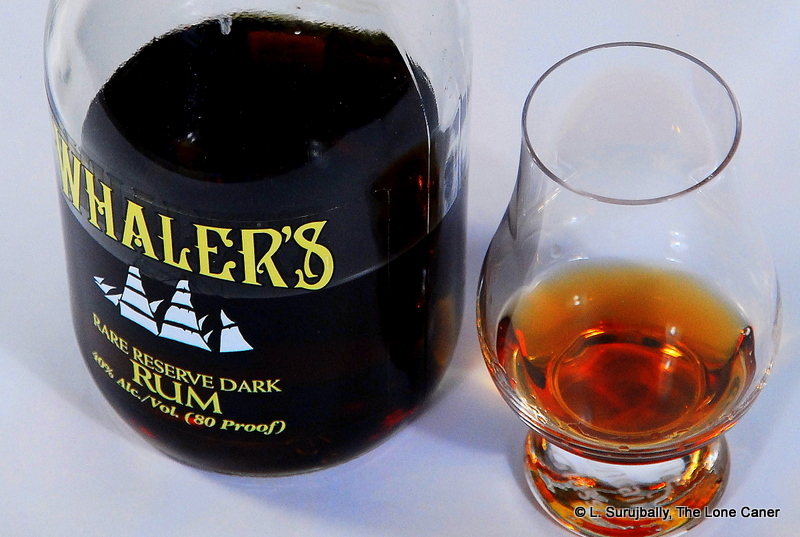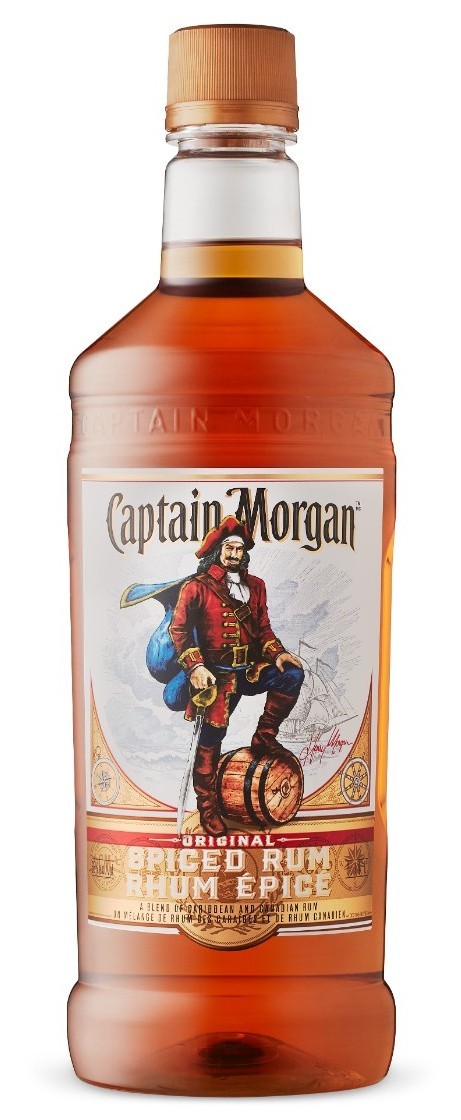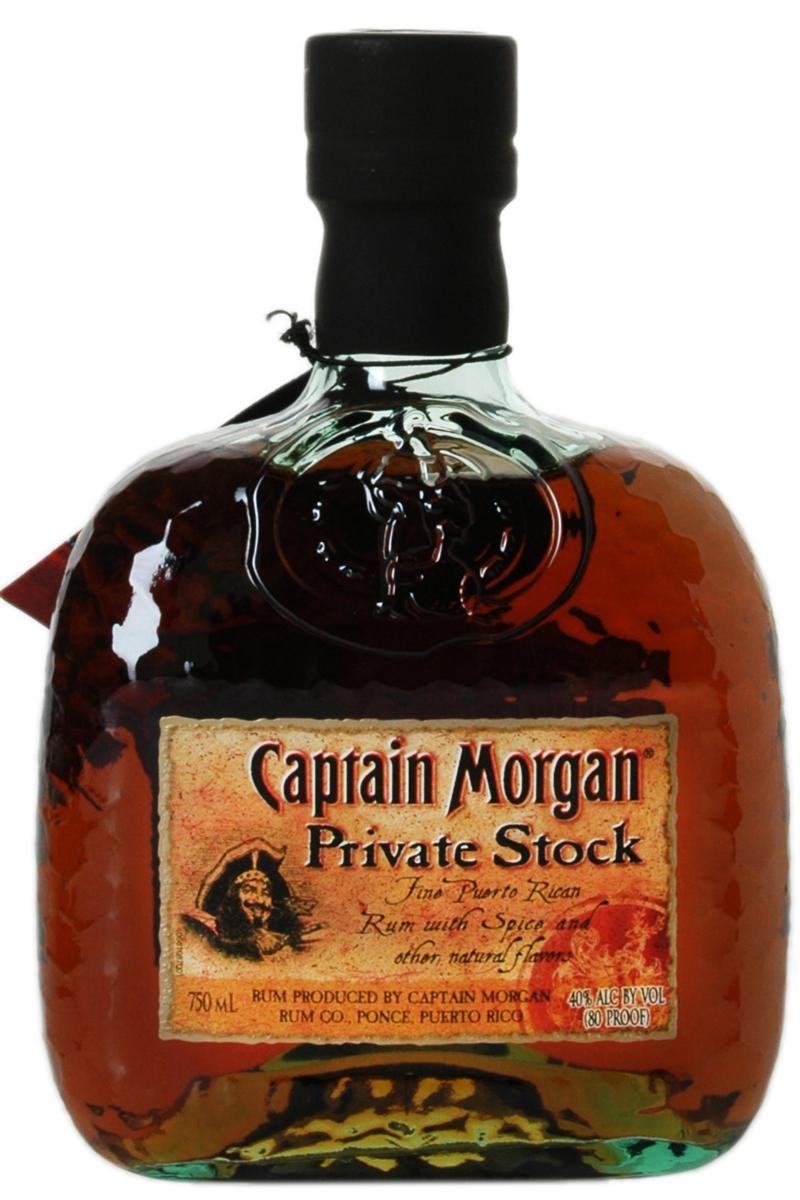So there I was walking around the impressively well organised Rocky Mountain Wine and Food Festival, which had boatloads of beers, wines and spirits and food (and precious few rums), all superbly arranged in terms of space and one’s ability to navigate. For a guy used to the tight confines and crowded booth frontage of European festivals, it was eye opening to be able to walk five abreast in any direction and join ten people in front of a display and not bump elbows. Every now and then I wandered back over to Karl Mudzamba and his compadre Ernie, who were manning the Bira! booth, to apprise him of any new finds, or just hang out and enjoy their company.
One of the few rums partaking this event was Romero Distilling Company, which is located in Calgary: it was founded in 2018 by Diego Romero, an engineer who came to the country from Spain in the 1960s and worked in the mining and mineral processing industries as an adult before moving on to what we can only imagine was a passion project. He opened the distillery with his son Tomas (it was he who was running the booth), bought a 2000-litre hybrid copper still, three 2000-litre fermenters and, if memory serves, uses Crosby molasses from Guatemala (by way of New Brunswick) to get things going. The company only makes rum, opting not to dilute its focus with other kinds of spirits, as so many others do, and remains very little known outside Alberta.
Now, I’ve actually already bought a bottle of the Dark and the Amber rums, and I’ve written a few quick tasting notes on both, but have not gotten around to trying either one seriously, or doing any real research – so it was good to see a bottle available for tasting at the booth, and Tomas patiently led me through the basic details, which I’ll not discuss until after I give you the tasting notes.
The standard strength (40%) rum is, as its name implies, dark. It’s also got a nose that’s peculiarly tannic in a sweetish kind of way, slightly oaky, and quite crisp. There’s quite a dollop of spices hitting you right away – cardamom and vanilla are the most obvious, with some cinnamon, light licorice, rosemary and black unsweetened tea backing that up. It’s too tame to do any damage and it looks to have been aged a few years – more than that is hard to tease out.
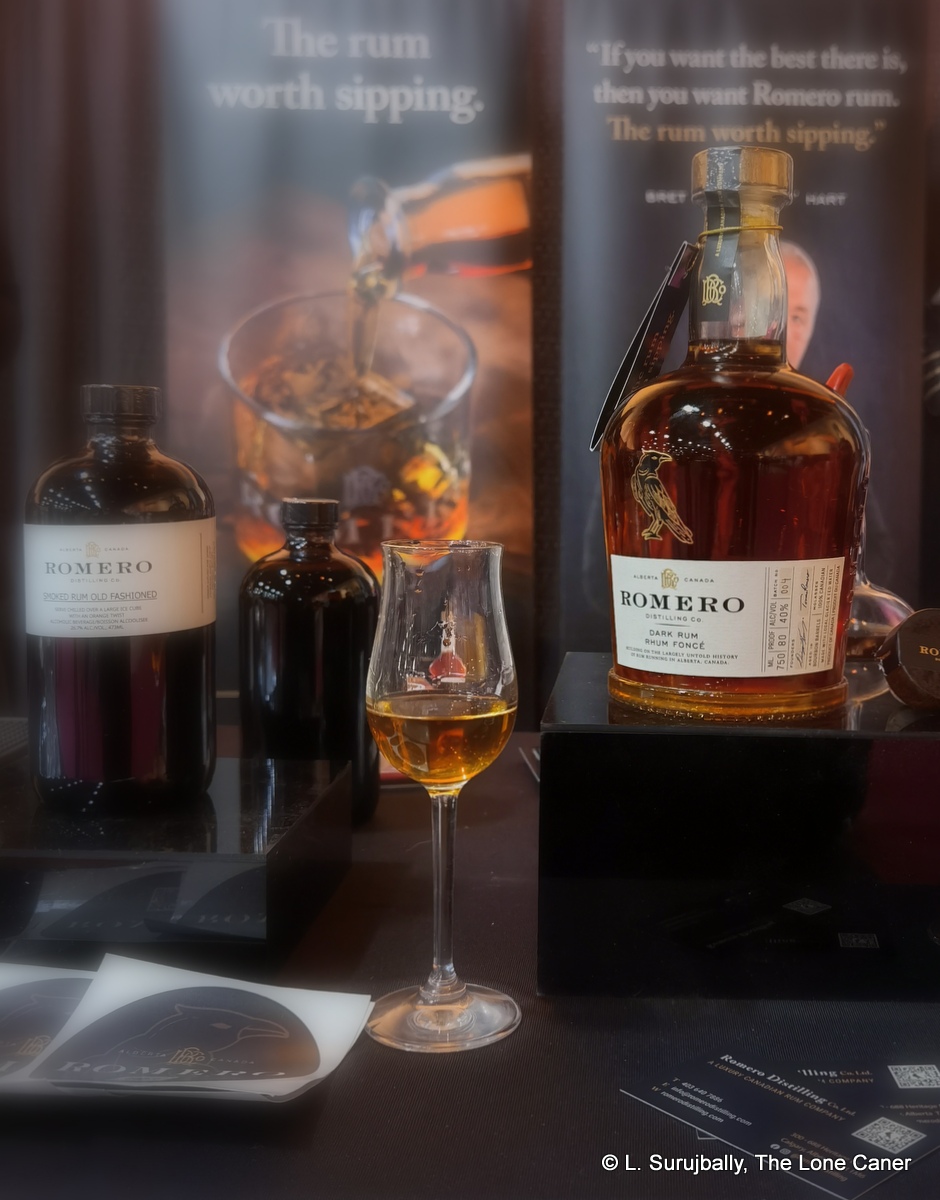 It remains easy and quite soft on the palate, and the crisp cleanliness of the nose is retained. It’s flavourful and the sense of the spices continues: the mouthfeel is really nice, and I suspect that even if the label doesn’t say so, there’s more than just some barrel ageing going on here. There are some red wine and bourbon notes in the background, a touch of ripe peaches in syrup, and overall it’s quite pleasant, even if additional vanilla and cardamom and cinnamon seem insistent on making themselves felt. Finish is quite short, but at least it’s clean, and repeats most of the spices, slight tannics, ginger and fruit reasonably well.
It remains easy and quite soft on the palate, and the crisp cleanliness of the nose is retained. It’s flavourful and the sense of the spices continues: the mouthfeel is really nice, and I suspect that even if the label doesn’t say so, there’s more than just some barrel ageing going on here. There are some red wine and bourbon notes in the background, a touch of ripe peaches in syrup, and overall it’s quite pleasant, even if additional vanilla and cardamom and cinnamon seem insistent on making themselves felt. Finish is quite short, but at least it’s clean, and repeats most of the spices, slight tannics, ginger and fruit reasonably well.
So, after all this, what is it? Based on the label, you’re not getting much: 40%, molasses based, batch number, aged in ex-bourbon barrels. The website is where you get more: ex-Woodford Reserve barrels, pot still distillation…and additional spices. Which spices? That’s not given. How long is it aged? Not provided either. Year of distillation? Nada.
Tomas on the other hand, was quite informative and outgoing. He confirmed the barrels, and said the Dark is made as a blend, consistently about two-plus years old (hence the lack of a year of make), with all natural ingredients, nothing artificial. And while he called his still a single-column still, the website entry for this rum mentions it’s a pot still, and an article in the Calgary Herald mentions a hybrid, which last makes more sense given its flexibility and the photographs I’ve seen.
Essentially then: the Dark is a spiced rum, even if it doesn’t say so explicitly. This is a puzzle since the company does make an amber coloured Spiced version, so it’s unclear why the title was left off. Tomas said that they don’t emphasise the ageing because that just leads to preconceptions that young rums can’t be good ones and they wanted it to speak for itself. Maybe so, but I suggest that in today’s climate of disclosure, nothing is really lost by providing consumers with what they need to make an informed choice when buying a C$75 rum, and if Renaissance proved anything, it’s that rums aged under five years can be pretty damned fine.
So. What did I think? For people like my vlogger friend Steve the Barman in the UK, who likes expounding on the joys of rums like this, it’s right in his wheelhouse. It’s decent enough. It’s tasty, sweetish and as an after dinner drink will work just fine. Those who like rums like the Kraken, Don Papa, AH Riise, Bumbu and Captain Morgan will find much to enjoy. As a rum on its own terms, I myself find it less successful, and the cardamom and vanilla in particular have a disconcertingly powerful impact on the overall profile, shouldering aside other and more delicate aspects. On the basis of these comments you can decide where your own preferences lie, I think.
(#1033)(Unscored)
Other notes
- It would be remiss not to mention that the Dark has won several awards: a Gold Medal in the Frankfurt International Trophy 2022 as well as the competition’s Best Canadian Spirit that same year; and a gold and silver medal in the San Francisco World Spirits Competition 2021 and 2022 respectively (both in the Dark Rum category).
- The company runs tour, tasting and blending sessions at its facility in Calgary, which I’ve heard from friends of mine who went, are quite good.
- There’s a fair bit of marketing copy on the website and other promotional materials, about rum running in Canada during Alberta’s own Prohibition era, but this is local colour and has no bearing on Romero directly.
- The crow on the logo reflects the Crowsnest Pass in the south of Alberta, through which moonshine was supposedly transported on its way to the US in the bad old days.
Opinion
It’s no secret that spiced rums hold no particular appeal for me. Though occasionally their taste is nice enough, there is no yardstick by which to judge them — some sort of baseline by which to assess their profile, the levels of what’s put in, how many different spices, where those come from, and to what spirit exactly such additions are made. In other words, it becomes impossible to judge value or effectively compare one with the other. Are you paying for what is touted as an all-natural product (always a plus in these organic-everything times)? The hard-to-get (and therefore expensive) spices and flavourings? The exclusivity or age or quality or source of the rum stock it’s put into? The length of time it all marries in casks, leading to additional price hikes?
Who knows these things? Nobody except the producer, that’s who. And therefore, I can’t tell whether a given spiced rum is neutral alcohol gotten on the cheap to which stuff has been added (perhaps to get around the costs of a years-long barrel-ageing program), or a youngish rum topped up with all-natural ingredients that make for a nicely flavoured drink. Both could conceivably be sold at a premium with all sorts of glib explanations.
Years of looking at spiced, flavoured or infused rums (yes, I do try them) have left me with a certain cynicism regarding what goes on a label, and at end, it comes down to this – in the absence of a common, agreed-to standard, no matter how informal, I just don’t trust them. I have no doubt that small and upcoming distilleries like Romero suffer from a lack of regional (let alone global) recognition, but they’re not helping themselves by the lack of proper disclosure here either (though it may be completely inadvertent). It’s not an inconsequential issue for a consumer being asked to pay that price, and hampers a more serious consideration of a distillery that really does make some interesting rums, another of which I’ll tell you about next time.
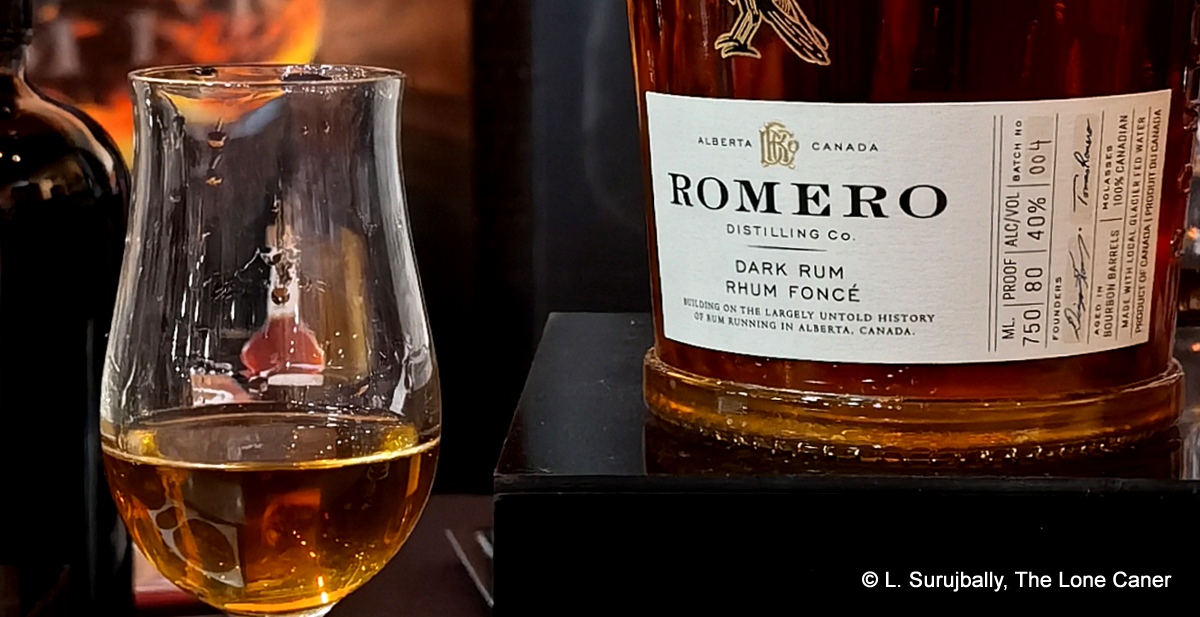
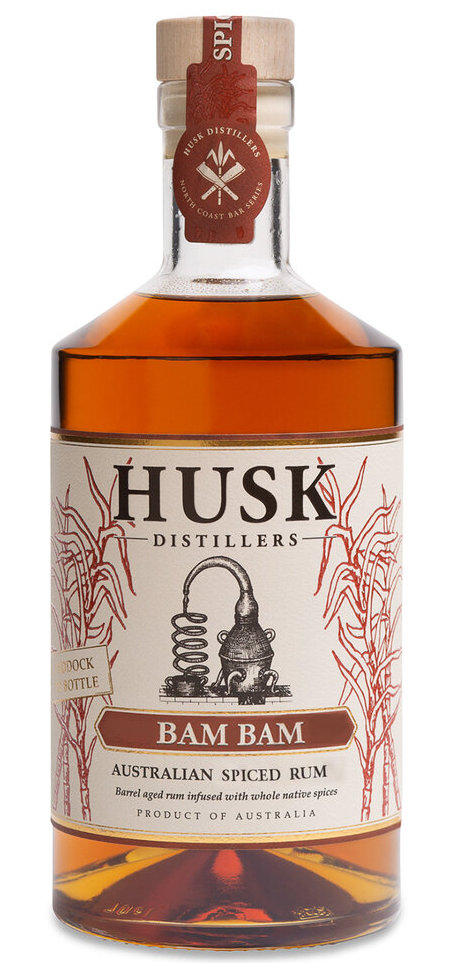
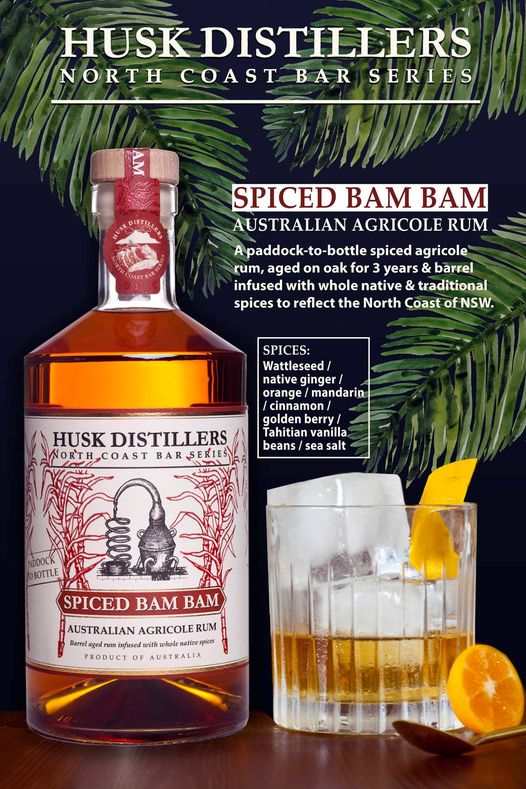
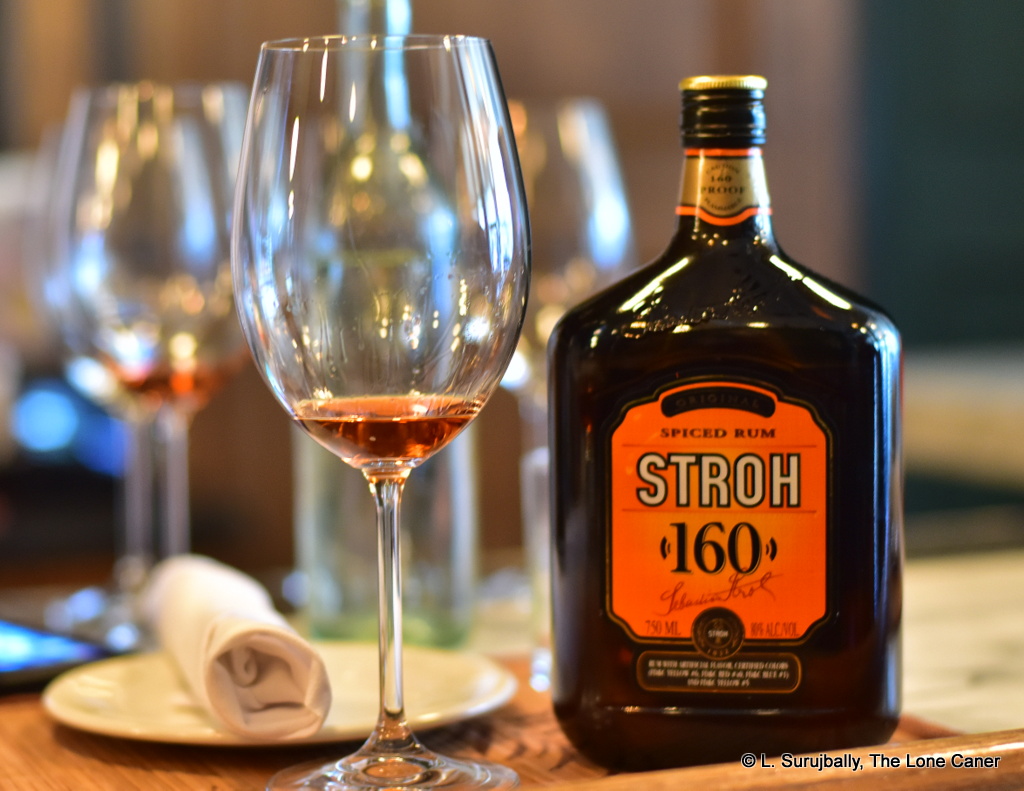

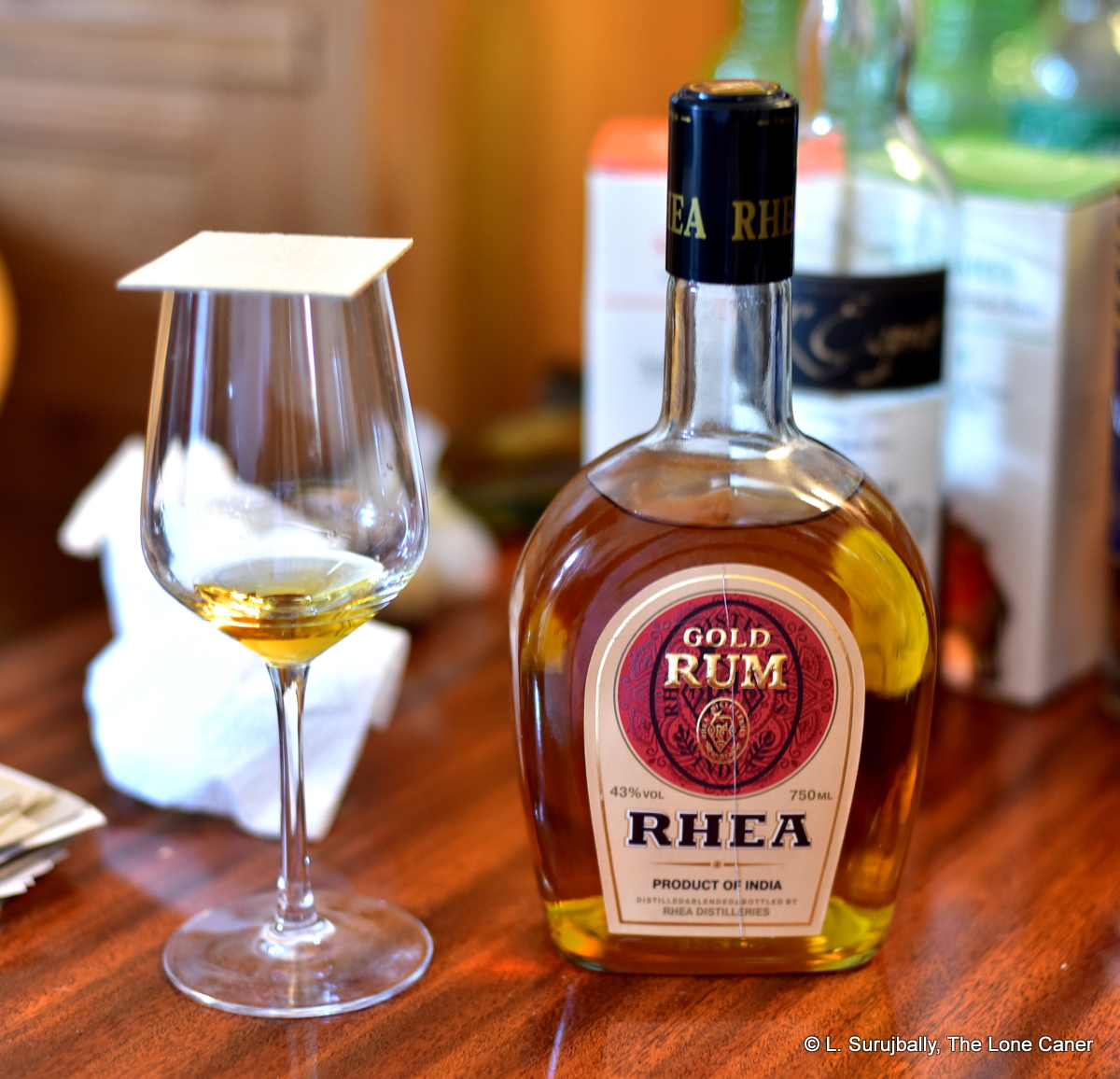
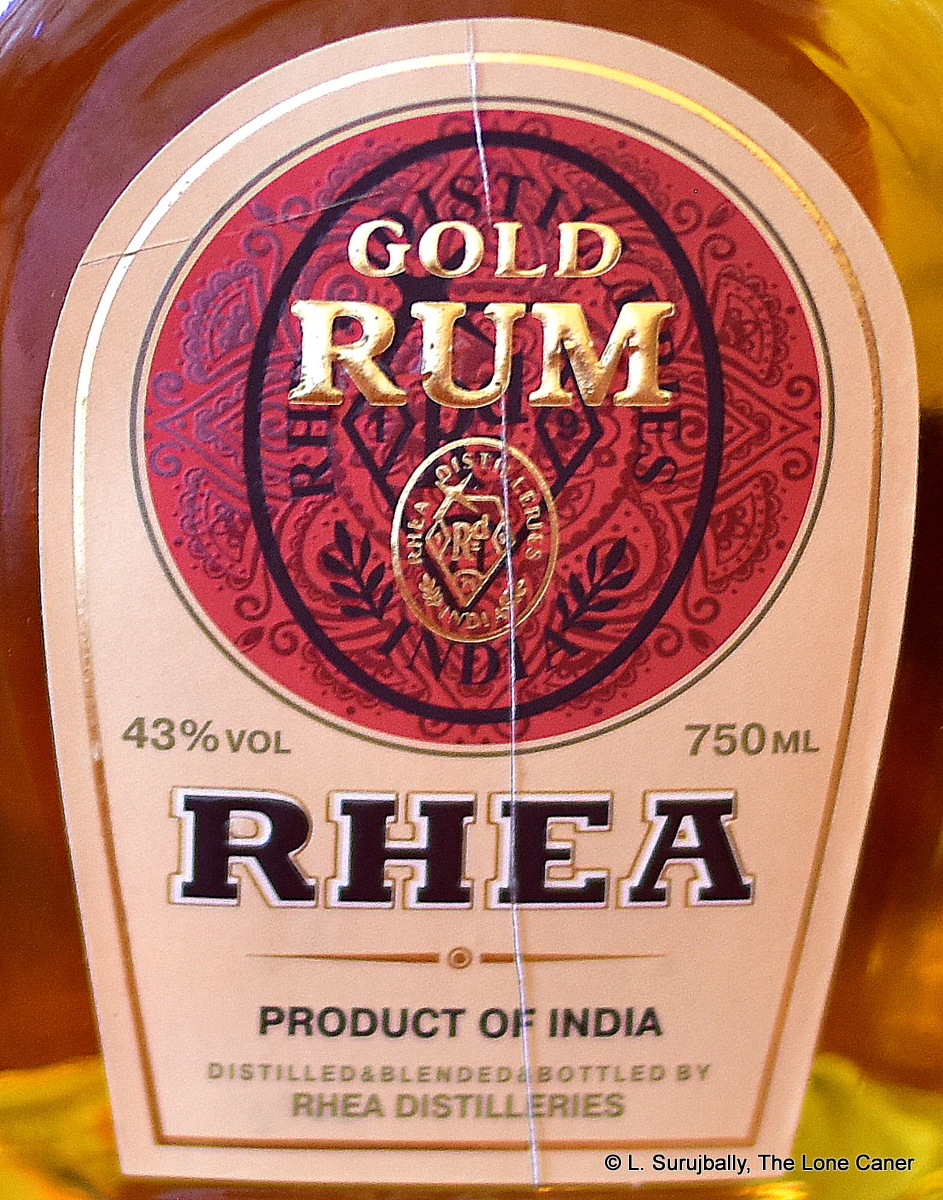 Light amber in colour and bottled at 43%, it certainly did not nose like your favoured Caribbean rum. It smelled initially of congealed honey and beeswax left to rest in an old unaired cupboard for six months – that same dusty, semi-sweet waxy and plastic odour was the most evident thing about it. Letting it rest produced additional aromas of brine, olives and ripe mangoes in a pepper sauce. Faint vanilla and caramel – was this perhaps made from jaggery, or added to after the fact? Salty cashew nuts, fruit loops cereal and that was most or less it – a fairly heavy, dusky scent, darkly sweet.
Light amber in colour and bottled at 43%, it certainly did not nose like your favoured Caribbean rum. It smelled initially of congealed honey and beeswax left to rest in an old unaired cupboard for six months – that same dusty, semi-sweet waxy and plastic odour was the most evident thing about it. Letting it rest produced additional aromas of brine, olives and ripe mangoes in a pepper sauce. Faint vanilla and caramel – was this perhaps made from jaggery, or added to after the fact? Salty cashew nuts, fruit loops cereal and that was most or less it – a fairly heavy, dusky scent, darkly sweet.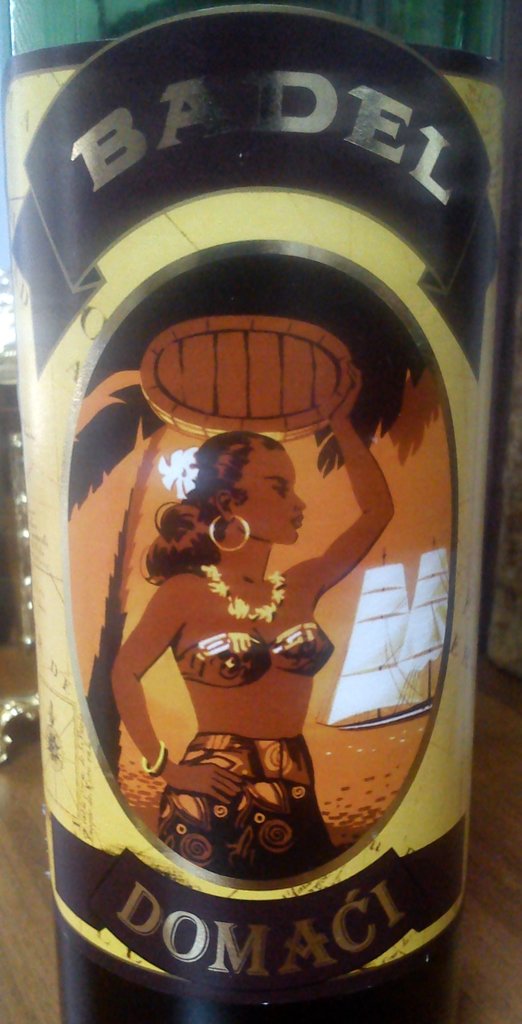
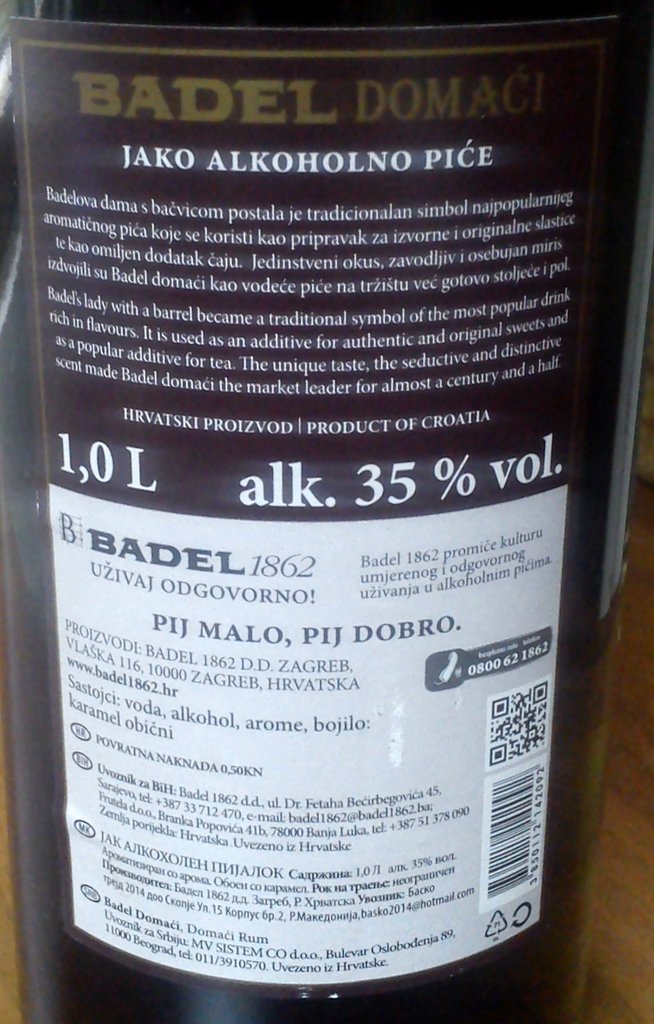 Unsurprisingly it’s mostly for sale in the Balkans — Bosnia-Herzegovina, Croatia, Serbia, with outliers in Germany — and has made exactly zero impact on the greater rum drinking public in the West. Wes briefly touched on it with a review of
Unsurprisingly it’s mostly for sale in the Balkans — Bosnia-Herzegovina, Croatia, Serbia, with outliers in Germany — and has made exactly zero impact on the greater rum drinking public in the West. Wes briefly touched on it with a review of 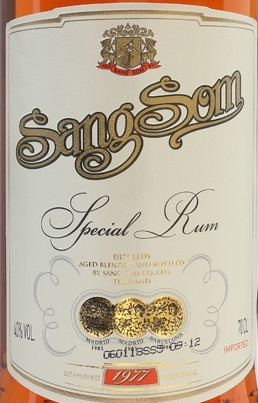 Like most rums of this kind, the opinions and comments are all over the map. Some are savagely disparaging, other more tolerant and some are almost nostalgic, conflating the rum with all the positive experiences they had in Thailand, where the rum is made. Few have had it in the west, and those that did weren’t writing much outside travel blogs and review aggregating sites.
Like most rums of this kind, the opinions and comments are all over the map. Some are savagely disparaging, other more tolerant and some are almost nostalgic, conflating the rum with all the positive experiences they had in Thailand, where the rum is made. Few have had it in the west, and those that did weren’t writing much outside travel blogs and review aggregating sites.